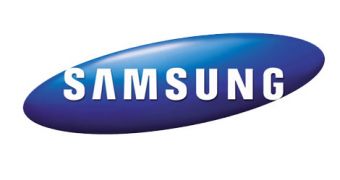Light has become a central part of today's economy, since one or more manifestations of it are spreading at a rapid pace, and Samsung just upped the ante with a new display technology.
Samsung is here to introduce, indirectly or otherwise, the second light-based advancement of the day.
While TDK outlined its plans for laser hard disk drives, Samsung approached a different industry field, that of displays.
More specifically, Samsung came up with a technology that has transparency and size as equally important goals.
More specifically, the company has an idea for how it can make what are essentially window panes with both lighting and display capabilities.
The company even ventured to say that, in about ten years' time, buildings will have 'personality' thanks to such multi-purpose windows.
Of course, ten years is a fairly long time, so users shouldn't hold their breath waiting for this advancement.
Still, at least Samsung was able to give something of an explanation for just how the technology works.
The core of the invention is a new Samsung creation, "a single crystalline Gallium Nitride on amorphous glass substrates." Basically, it relies on glass substrates instead of sapphire, this being the major difference from all other LED approaches.
Additionally, it is a scaled-up approach, which enables displays about 400 times as large as the current maximum possible using Gallium Nitride (GaN) LEDs (said maximum is 2 inches).
"In ten years, window panes will double as lighting and display screens, giving personality to buildings," a Samsung spokesperson said, according to the Korea Herald.
What remains is to see how good the image quality of this so-called windows pane display technology turns out to be, how good the power efficiency and if, once the launch comes, common products like monitors and TVs will go through any sort of sales drop, provided the technology even starts off with consumer-oriented applications.

 14 DAY TRIAL //
14 DAY TRIAL //